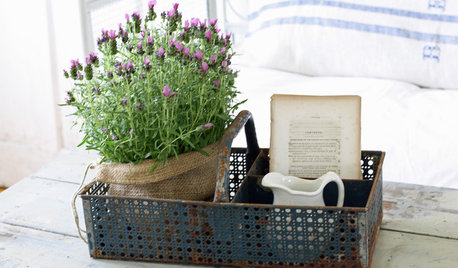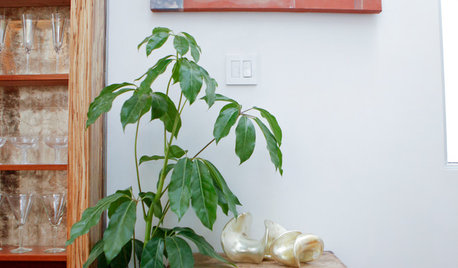using compost in houseplants
west9491
14 years ago
Featured Answer
Sort by:Oldest
Comments (14)
tapla (mid-Michigan, USDA z5b-6a)
14 years agowest9491
14 years agoRelated Professionals
Marina Landscape Architects & Landscape Designers · Saint Louis Park Landscape Architects & Landscape Designers · Milford Landscape Contractors · Pottstown Landscape Contractors · Salem Landscape Contractors · Edmond Landscape Contractors · Bowie Landscape Contractors · Canby Landscape Contractors · Clark Landscape Contractors · Dedham Landscape Contractors · Englewood Landscape Contractors · Palm Beach Gardens Landscape Contractors · Ringwood Landscape Contractors · Four Corners Landscape Contractors · Mount Laurel Interior Designers & Decoratorstapla (mid-Michigan, USDA z5b-6a)
14 years agobirdsnblooms
14 years agotapla (mid-Michigan, USDA z5b-6a)
14 years agopirate_girl
14 years agowest9491
14 years agotapla (mid-Michigan, USDA z5b-6a)
14 years agoLoyda Irizarry
4 years agodbarron
4 years agoLoyda Irizarry
4 years agodbarron
4 years agotapla (mid-Michigan, USDA z5b-6a)
4 years ago
Related Stories

GARDENING GUIDESGet on a Composting Kick (Hello, Free Fertilizer!)
Quit shelling out for pricey substitutes that aren’t even as good. Here’s how to give your soil the best while lightening your trash load
Full Story
HOUSEPLANTSMeet a Long-Lasting Houseplant With a Forgiving Heart
Low light and little watering won't scar Zee Zee plant for life; this East Africa native has a tolerant nature and an exotic beauty
Full Story
MOST POPULARThe Perfect Houseplant for People Who Kill Houseplants
If you can fill a jar with water, you can keep golden pothos vine happy — and it will pay you back with cleaner air and a greener home
Full Story
HOUSEPLANTSOutsmart Winter — Make Houseplants of Your Garden Growers
No need to watch Jack Frost play Wreck the Rosemary. Bring your garden inside for the winter, using containers and these guidelines
Full Story
HOME TECHHello, It's Your Houseplant Calling
Or even tweeting. Today's apps and gadgets let plants communicate in better ways than with a show of withered leaves
Full Story
HOUSEPLANTSAim High With This Tall African Houseplant
Corn dracaena can give you a big splash of green with little fuss
Full Story
CONTAINER GARDENSHappy Houseplants, Happy People
Potted plants add life and beauty to a room. Learn easy ways to keep them healthy
Full Story
HOUSEPLANTS8 Houseplants You Can't Kill
They're forgiving and let you forget. Houseplants don't get any easier than this
Full Story
DECORATING GUIDESMeet a Houseplant That Doesn't Mind Neglect
Got better things to do than remember to water your houseplants on schedule? Schefflera will forgive and forget
Full Story
HOUSEPLANTSMeet a Houseplant With Excellent Communication Skills
It droops when thirsty, revives quickly and thrives under fluorescents. You may want to hire this hard worker for both home and office
Full Story









meyermike_1micha